ELECTRICITY Bills 101
Business’ electricity bills generally comprise four key components:
Retail and wholesale charges;
Network charges;
Environmental charges; and
Other charges.
Retail and wholesale charges include the wholesale cost of generation, retailer hedging through futures markets, retailer charges and retailer margin.
While some energy users buy electricity directly from the wholesale market, most purchase electricity through a retailer. Retail and wholesale charges make up about 55% of the bill for the average commercial and industrial customer. Wholesale charges typically account for the vast majority of this expense; retail margins have actually decreased slightly for commercial and industrial customers in the last ten years.
Network charges are responsible for 35% of electricity costs, having grown significantly across the economy over the past ten years. In 2018, the Grattan Institute reported that the value of Australia’s electricity network had grown from $50 billion in 2005 to $90 billion in 2018 – and that around $20 billion of this investment was unnecessary given the discrepancy between projected and actual demand growth. Over-investment has led to significant additional costs flowing through to many businesses and households. However, avoiding over-investment in networks is receiving more attention now than it has in the past.
Environmental charges make up about 10% of energy costs for commercial and industrial customers, though they receive a lot of attention in Australia’s energy debate. These charges fall into two broad categories:
1. The Federal Government’s Renewable Energy Target (RET), which drives investment in both large- and small-scale renewables. The RET is designed to increase the percentage of Australia’s generation capacity delivered by renewables.
2. State- and territory-based energy efficiency schemes, which fund energy efficiency activities. Schemes exist in the Australian Capital Territory, New South Wales, South Australia and Victoria, although not all businesses in these jurisdictions contribute to the cost of these schemes. When looking across all consumers, bill reductions resulting from energy efficiency measures driven by the schemes substantially outweigh the costs passed through to consumers on their bills.
Other charges make up less than 1% and include fees for transmission and distribution losses, market administration, and metering.
Figure 4 from the third edition of the briefing for Australian businesses.
Electricity bill components for the average commercial and industrial customer, as calculated by the Australian Competition and Consumer Commission (2018). While a useful guide, there can be significant variation in this breakdown from business to business. For example, smaller businesses – and large businesses with many small sites – often have a higher proportion of their electricity bill made up of network costs.
Source: Australian Competition and Consumer Commission (ACCC) 2018, Restoring electricity affordability and Australia’s competitive advantage: Retail Electricity Pricing Enquiry – Final Report, p. 30.
To learn more, read Section 1 of the latest briefing for Australian businesses and check out the latest edition of the Energy briefing quarterly update for the latest information on electricity prices.
Click here to return to the Energy 101s page.


